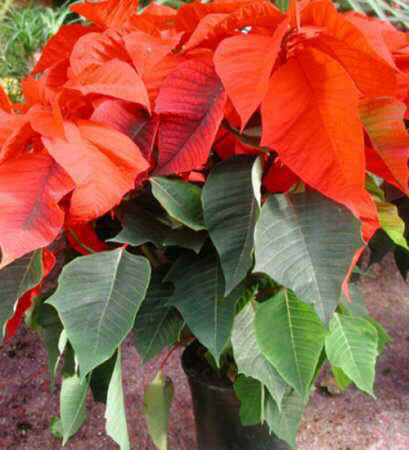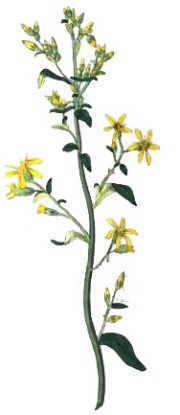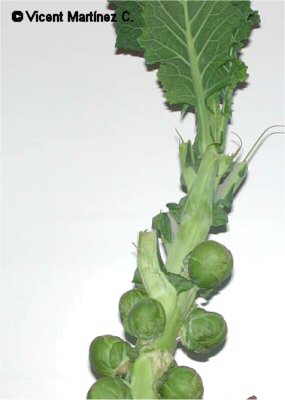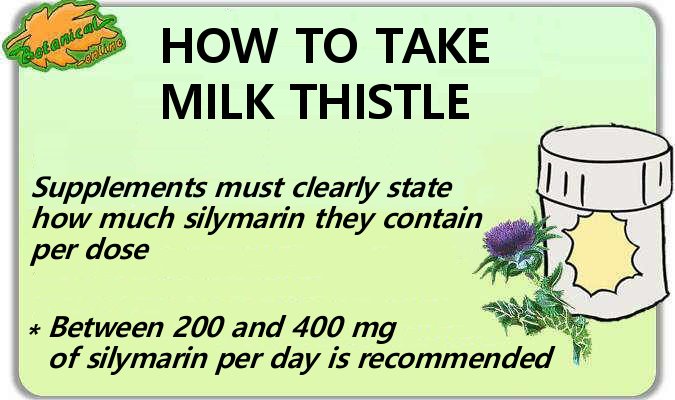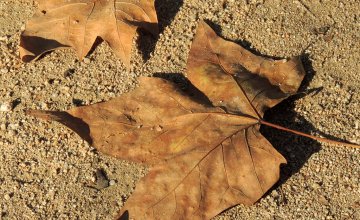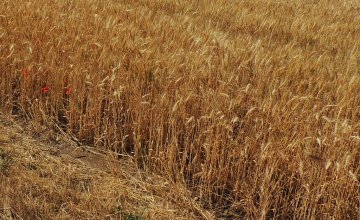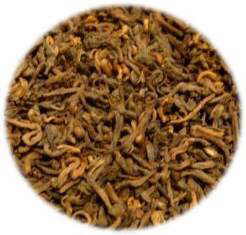Contents
- 1 Is the quince fattening, is it bad for diabetes?
- 1.1 Is quince bad for sugar?
- 1.2 Quince paste benefits
- 1.3 Is sugar bad?
- 1.4 Is quince paste good, recommendable, or harmful?
- 1.5 Advantages of quince paste
- 1.6 Quince paste for diabetes
- 1.7 Quince allergy
- 1.8 Quince for people with migraine
- 1.9 Can you eat quince on the FODMAPs diet or irritable bowel diet?
Is the quince fattening, is it bad for diabetes?
Is quince bad for sugar?
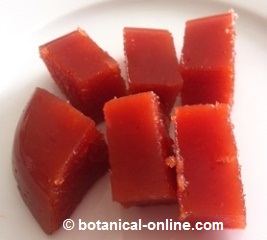
According to the properties of the quince, it is stated that the quince paste, due to the amount of fiber it presents, and the prebiotic effect it exerts, could have a protective effect against colon cancer. However, many readers have doubts about the extent to which quince paste would exert a beneficial effect, due to the large amount of sugar it contains.
Quince paste benefits
Quince paste is the best way to preserve this fruit and also to be able to eat it. In this recipe, the sugar acts as a preservative and cooking allows the fruit to soften so that it can be eaten.
Is sugar bad?
Sugar is linked to an increased chance of developing colon cancer (among other types of cancers and diseases). For this reason, many people doubt the benefits of quince paste.
Is quince paste good, recommendable, or harmful?
Indeed, sugar should be avoided in the diet, because it increases the risk of diseases and because of its cariogenic power. However, in the context that concerns us, the truth is that neither the sugar nor the fiber of the quince increases the risk of cancer or protects against it. It would try to have a healthy diet and lifestyle to avoid it (reduce the risk of cancer). And within the context of a healthy diet, quince paste may have a place.
Advantages of quince paste
On the other hand, it should be mentioned that, in some cases, quince paste is an excellent way to take fiber, with advantages over other fruits. For example, in elderly people with teething problems, who find it difficult to eat more fruits because they cannot peel or chew them easily, quince paste is excellent.
With a little quince paste you can add a lot of fiber to the diet, without much effort (it has little volume, a lot of fiber, it is palatable – older people tend to have little appetite – and it is chewed well). This trick is practiced in diet therapy for both the elderly, children or people who find it difficult to eat more fiber.
In short, quince paste does not make you fat or cause cancer because of the sugar, it is all about the context. Obviously without sugar would be better, but with good oral hygiene, a little quince paste does not hurt.
Quince paste for diabetes
People with diabetes should not eat any food with added sugars, such as quince paste. In these cases it is better to use other sugar-free options, such as xylitol, or fiber sources such as flax-seeds or ground chia seeds.
Quince allergy
People with a fruit allergy may have an allergy to quince. For example, when there is an allergy to Rosaceae, such as peaches (Prunus persica), there is also usually a cross-reaction allergy with quince, as well as apricots (Prunus americana) or plums (Prunus domestica), because they are of the same family and there are identical or very similar proteins between species.
Quince can produce allergic reactions with manifestations on the skin or mucosa.
Quince for people with migraine
People who are diagnosed with a deficiency of the DAO enzyme can eat quince because this fruit does not increase histamine. Some fruits, such as citrus, may actually increase migraine headaches.
Can you eat quince on the FODMAPs diet or irritable bowel diet?
Quince contains a certain amount of fructose and should be controlled in case of following a diet low in FODMAPs, which is a type of diet used in diet therapy to treat irritable bowel syndrome.
![]() More information on quince
More information on quince

